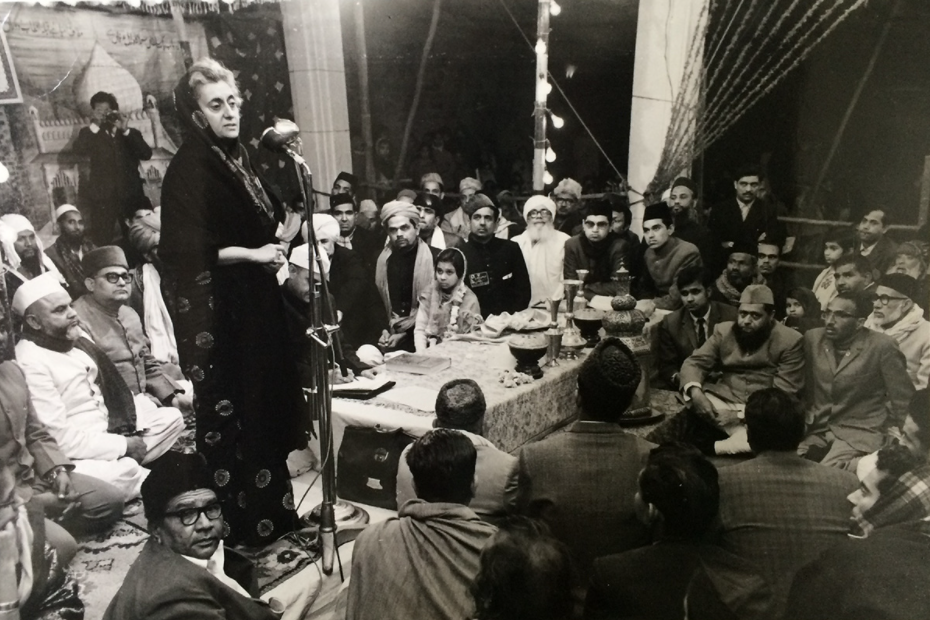‘Indrani Priyadarshini’ Gandhi or known to the world as Indira Gandhi -the first female Prime minister of India was a shy and frail girl in her childhood. Named after her great grandmother, Indrani, the Nehruvian family’s legacy bestowed upon her and transformed the shy girl into a charismatic political leader.
In her not-so-long but eventful lifespan, she got involved in a lot of things. For knowing her beyond the pages of history books, her official house in New Delhi is worth visiting at least once for getting a glimpse into the homes of affluent Indian politicians.
Indira Gandhi’s house turned museum is open for public viewing. Get inspired, say hello to the Indira whom you have never met, experience her world, explore the letters written by her father, Jawaharlal Nehru to his 13-year-old ‘Indu’. Located at a two-minute walk from Race Course metro station, the bungalow is adorned with lush green gardens and stone-paved paths, imparting it to a sort of solitary bliss. It remains open from 9:30 AM to 5 PM from Tuesday to Sunday.
The tour begins with showcasing personal moments from the early years and family life of Indira Gandhi, then the highlights of her term as the Prime Minister of India. The museum has artefacts and some of her personal belongings on display including the gifts which she got from various countries, her wedding outfit, footwear, glasses, and many rare photos such as with Rabindranath Tagore during her childhood. Amongst all these plethoras of the museum’s collection on display, the most striking is Indira Gandhi’s last manuscript, allegedly written the night before her assassination, her Bharat Ratna award and her blood-drenched saree which she was wearing when she was shot by her bodyguards.
Her role was crucial in some landmark decisions for India such as Nationalizing banks, the Garibi Hatao program, the declaration of emergency in 1975 etc. All these decisions were taken in this residence and the newspapers on the display wall are testimony to this. Every corner of this museum boasts beauty and history. Put up on a larger than life scale, the virtual tour is truly inspirational and the exhibitions there are truly non-political which represents Indira only as an inspiration.
As a symbolic gesture to her martyrdom, the last few meters of Indira Gandhi’s walk have been covered with crystal suggesting a river inflow. A sheet of clear marks the spot where she fell on 31 October 1984. The museum also has an exposition solely dedicated to Rajiv Gandhi, which includes the photographs taken by himself, his Bharat Ratna on display and also the burnt clothes that were on him during the bombing that led to the death of Rajiv.




